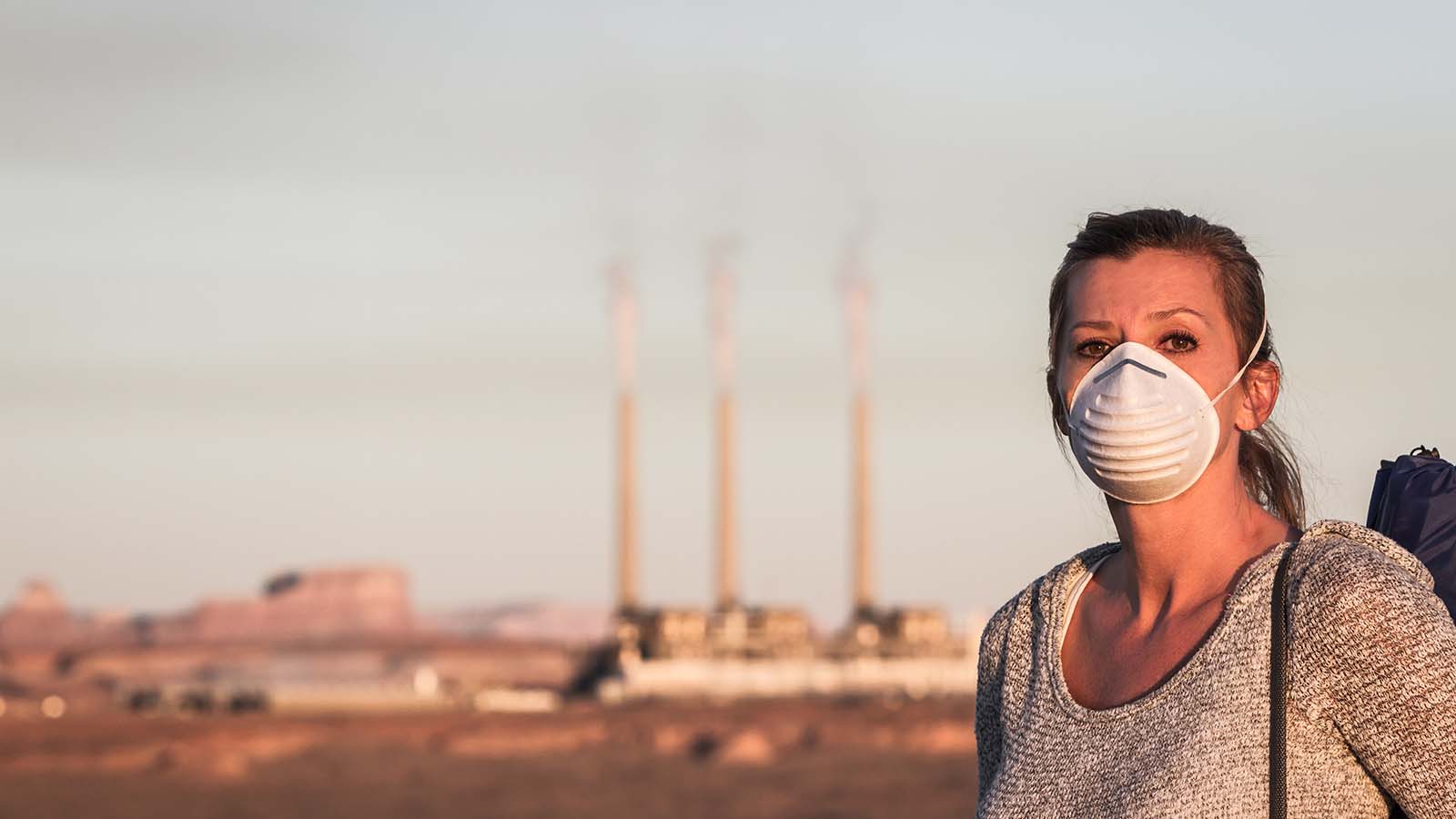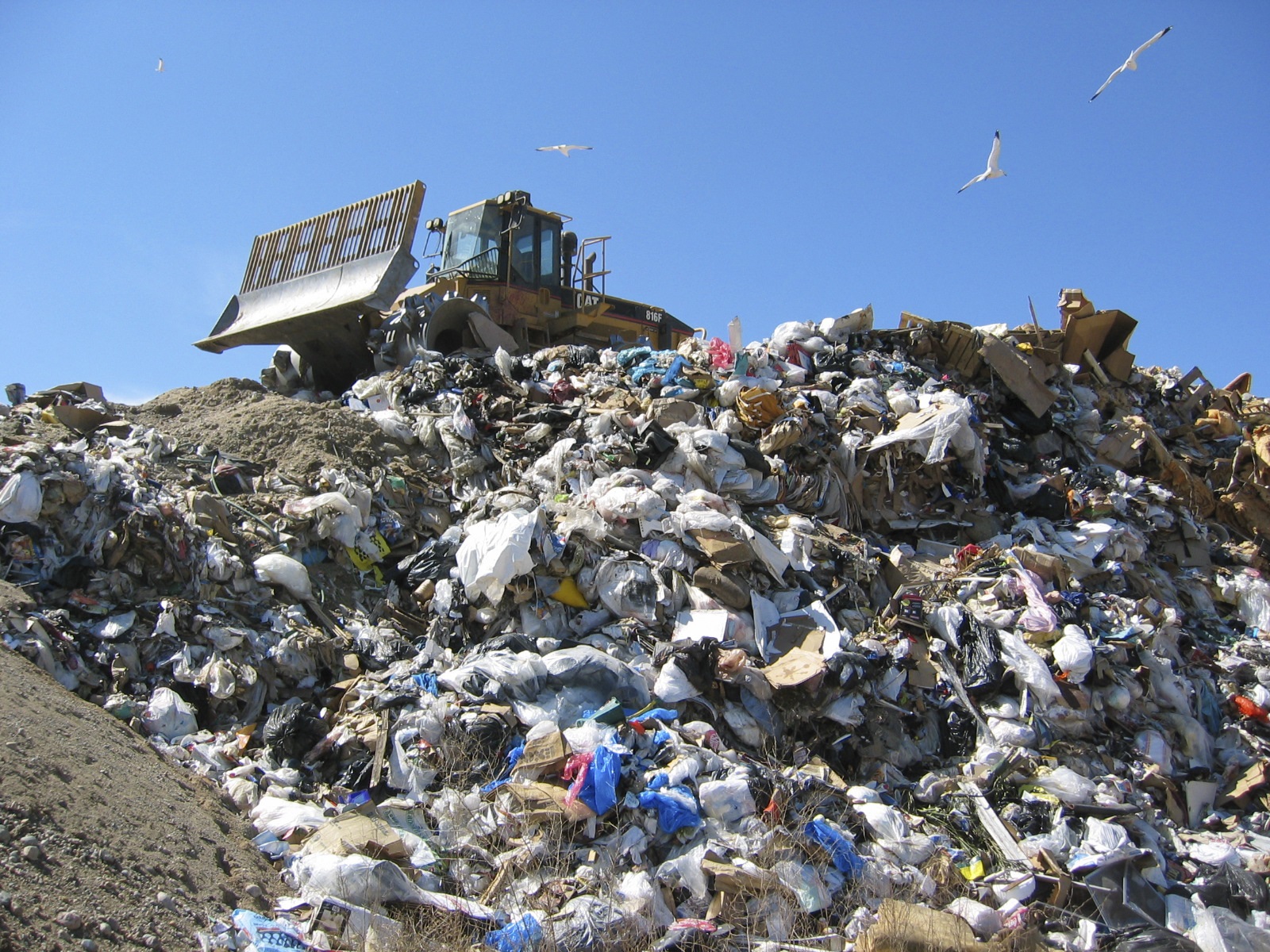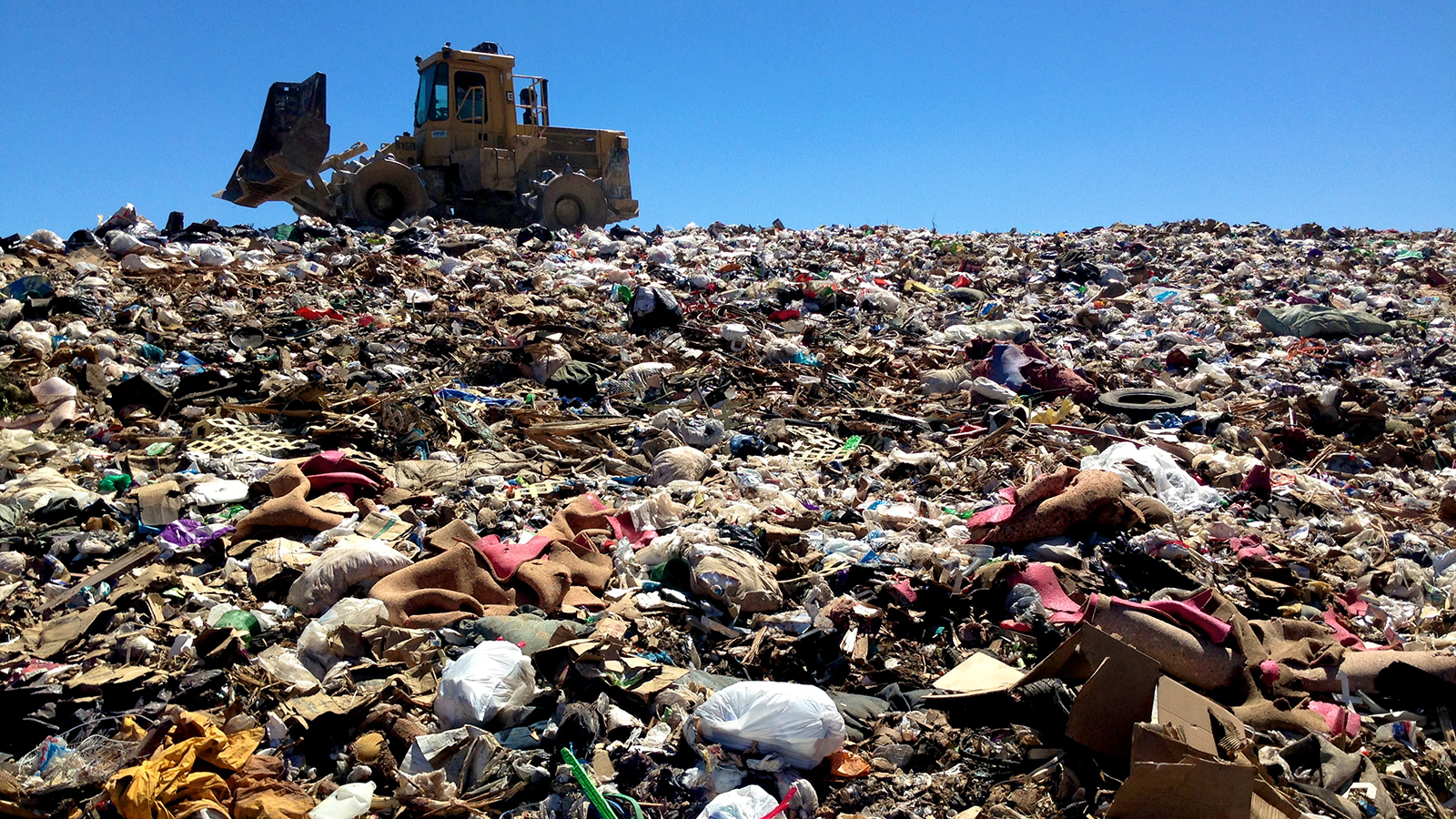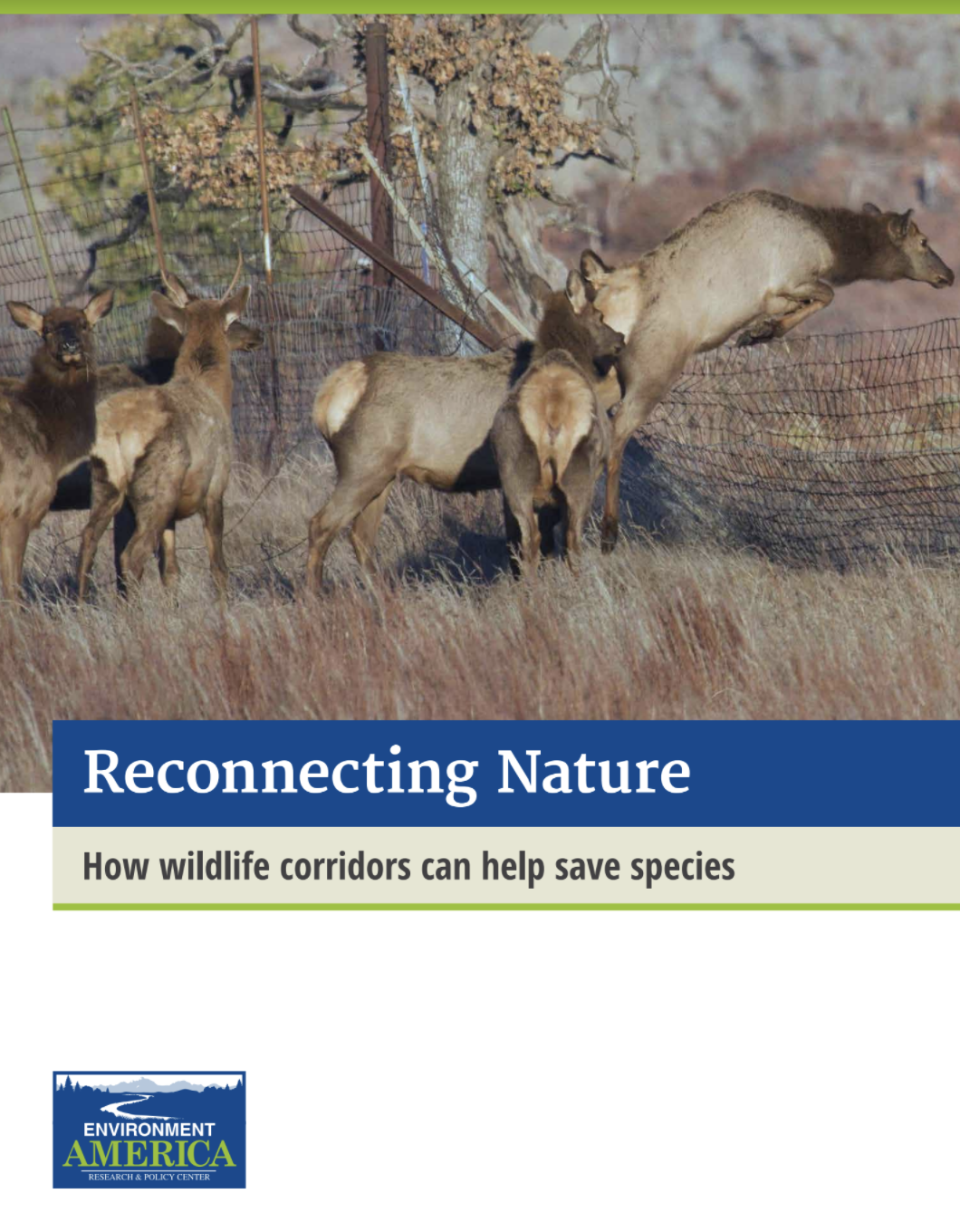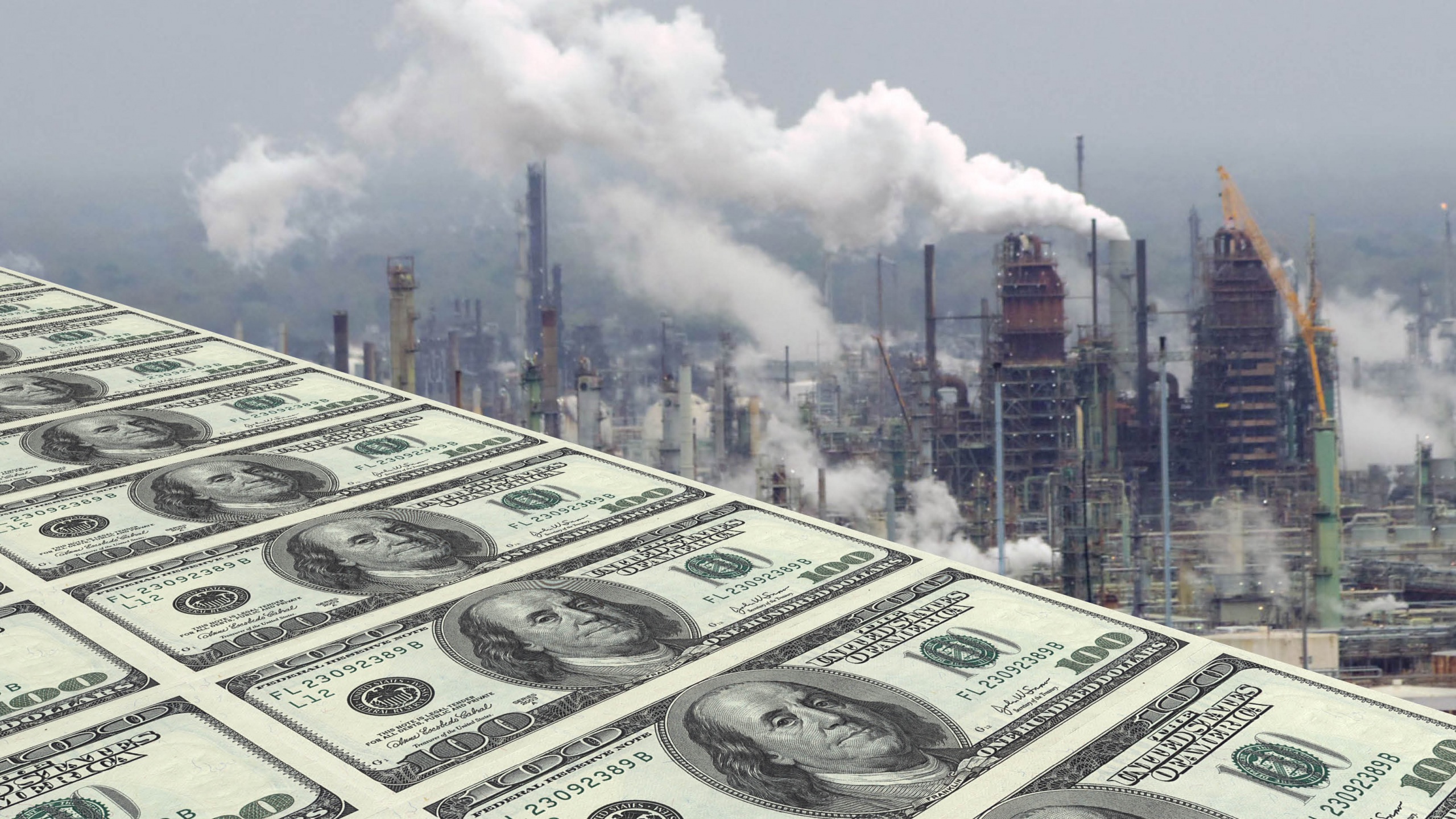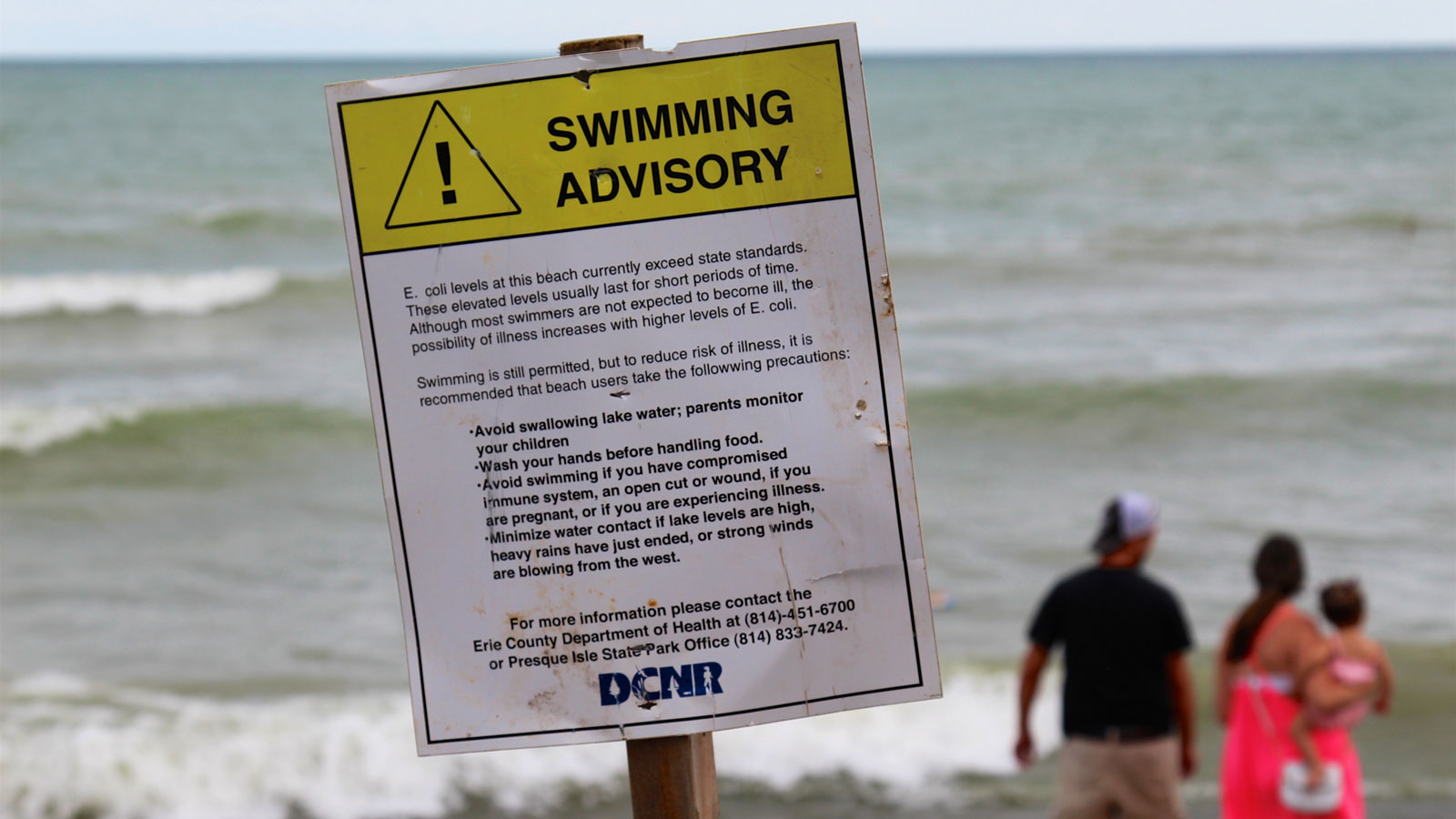Renewables on the Rise 2021
Clean energy is sweeping across America and is poised for more dramatic growth in the coming years. Wind turbines and solar panels made up a tiny fraction of our energy infrastructure 10 years ago. Today, they are everyday parts of America’s energy landscape. The number of homes heated with clean, efficient electric heat pumps increased by 28% in a decade from 2005 to 2015. Just a few years ago, electric vehicles seemed a far-off solution to decarbonize our transportation system. Now, they have broken through to the mass market.
Virtually every day, there are new developments that increase our ability to produce renewable energy, apply it to a wider range of energy needs, and reduce our overall energy use. These developments enable us to envision an economy powered entirely by clean, renewable energy.

